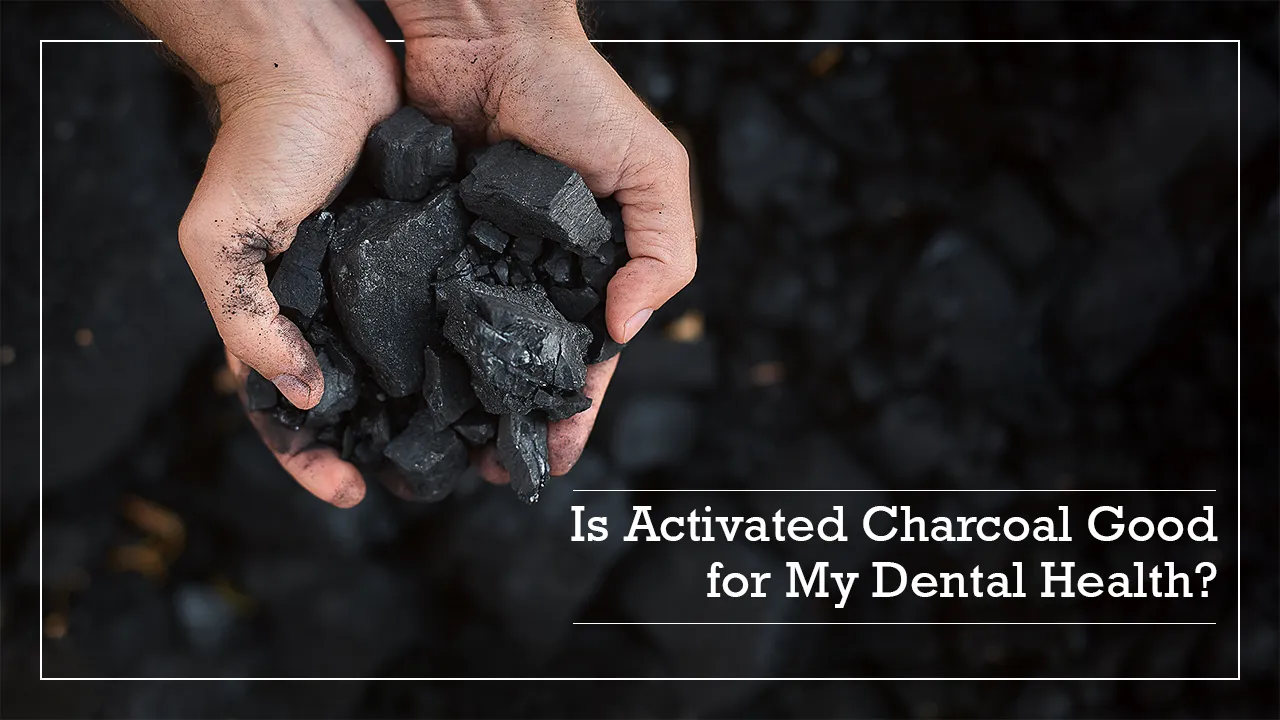What is Activated Charcoal and How Does it Work?
Activated charcoal is a fine black powder made from coconut shells, wood, or other materials that have been heated to very high temperatures. This process, known as carbonization, creates a porous substance that can absorb toxins and other substances. The ‘activated’ part refers to the process of heating the charcoal in the presence of a gas, which creates small pores in the charcoal, increasing its surface area and making it more absorbent. In the context of teeth whitening, activated charcoal is believed to work by binding to stains and removing them from the surface of your teeth. It is a popular home remedy for teeth whitening, with many people turning to it as a natural alternative to chemical-based whitening products. The porous nature of activated charcoal helps it to trap and remove impurities, including those that stain your teeth.
The Science Behind Activated Charcoal Teeth Whitening
While the popularity of activated charcoal for teeth whitening has surged, scientific evidence supporting its effectiveness is limited. The primary mechanism by which activated charcoal is thought to whiten teeth is through adsorption. Unlike absorption, where a substance is taken up into another, adsorption is the process where a substance adheres to the surface of another. In this case, the porous structure of activated charcoal is believed to trap stain molecules, such as those from coffee, tea, and wine, and remove them from the teeth’s surface. However, it’s essential to note that the abrasive nature of charcoal can also contribute to stain removal, potentially eroding enamel over time. Several studies have investigated the use of charcoal-based products for oral hygiene, but the results are often inconclusive, and more rigorous research is needed to fully understand its effects on teeth whitening and overall oral health.
Benefits of Using Activated Charcoal for Teeth Whitening
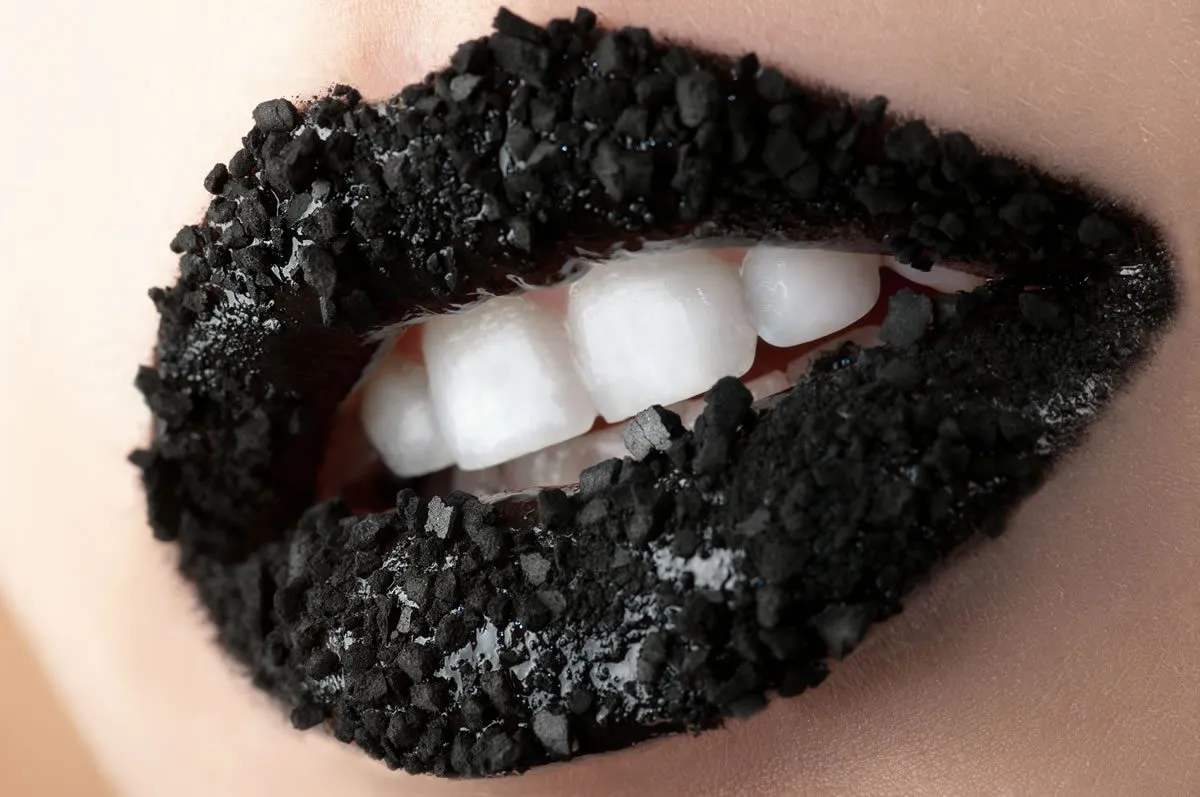
One of the main benefits of using activated charcoal is that it is a natural alternative to chemical teeth whitening products. Many people are seeking natural remedies for various health and beauty concerns, and activated charcoal fits this bill. It’s also relatively inexpensive and readily available in many health stores and online retailers. Another potential benefit is its ability to remove surface stains, leading to a brighter smile. Some users have reported noticeable improvements in the appearance of their teeth after using activated charcoal. Furthermore, activated charcoal is often promoted as an option for those with sensitive teeth, as it is perceived as less harsh than some commercial whitening treatments. It is also claimed to help freshen breath and remove bacteria from the mouth. However, it’s important to consider these benefits cautiously, as scientific evidence to support them is limited.
Is Activated Charcoal Safe for Your Teeth?
The safety of using activated charcoal for teeth whitening is a subject of ongoing debate. While some people find it effective, others raise concerns about its potential abrasive effects on tooth enamel. Over time, the abrasive nature of charcoal can wear away the protective enamel layer, making your teeth more susceptible to decay and sensitivity. Dentists often advise caution, as there is no definitive scientific consensus on its long-term safety. The American Dental Association (ADA) has not approved activated charcoal for teeth whitening, citing a lack of sufficient evidence to support its safety and efficacy. It is important to consider the potential risks, such as enamel erosion and increased tooth sensitivity, before using activated charcoal. Consulting with your dentist before using activated charcoal is always advisable, especially if you have sensitive teeth or existing dental issues.
Potential Risks and Side Effects of Charcoal Whitening
The use of activated charcoal for teeth whitening is associated with several potential risks and side effects. The most significant concern is enamel erosion. Enamel is the hard, protective outer layer of your teeth, and once it’s worn away, it can’t be replaced. This erosion can lead to increased tooth sensitivity, as the underlying dentin becomes exposed. Dentin contains tubules that lead directly to the nerves of your teeth. Additionally, charcoal can be overly abrasive, which can damage the gums, leading to irritation and recession. Another risk is that charcoal might not effectively remove all types of stains, particularly those that are intrinsic (inside the tooth) as opposed to extrinsic (surface stains). Furthermore, some charcoal products may contain abrasive ingredients that are harmful to your teeth. In rare cases, charcoal can also cause allergic reactions or irritate the mouth. It is imperative to be aware of these potential downsides before starting charcoal whitening.
Step-by-Step Guide How to Use Activated Charcoal for Whitening
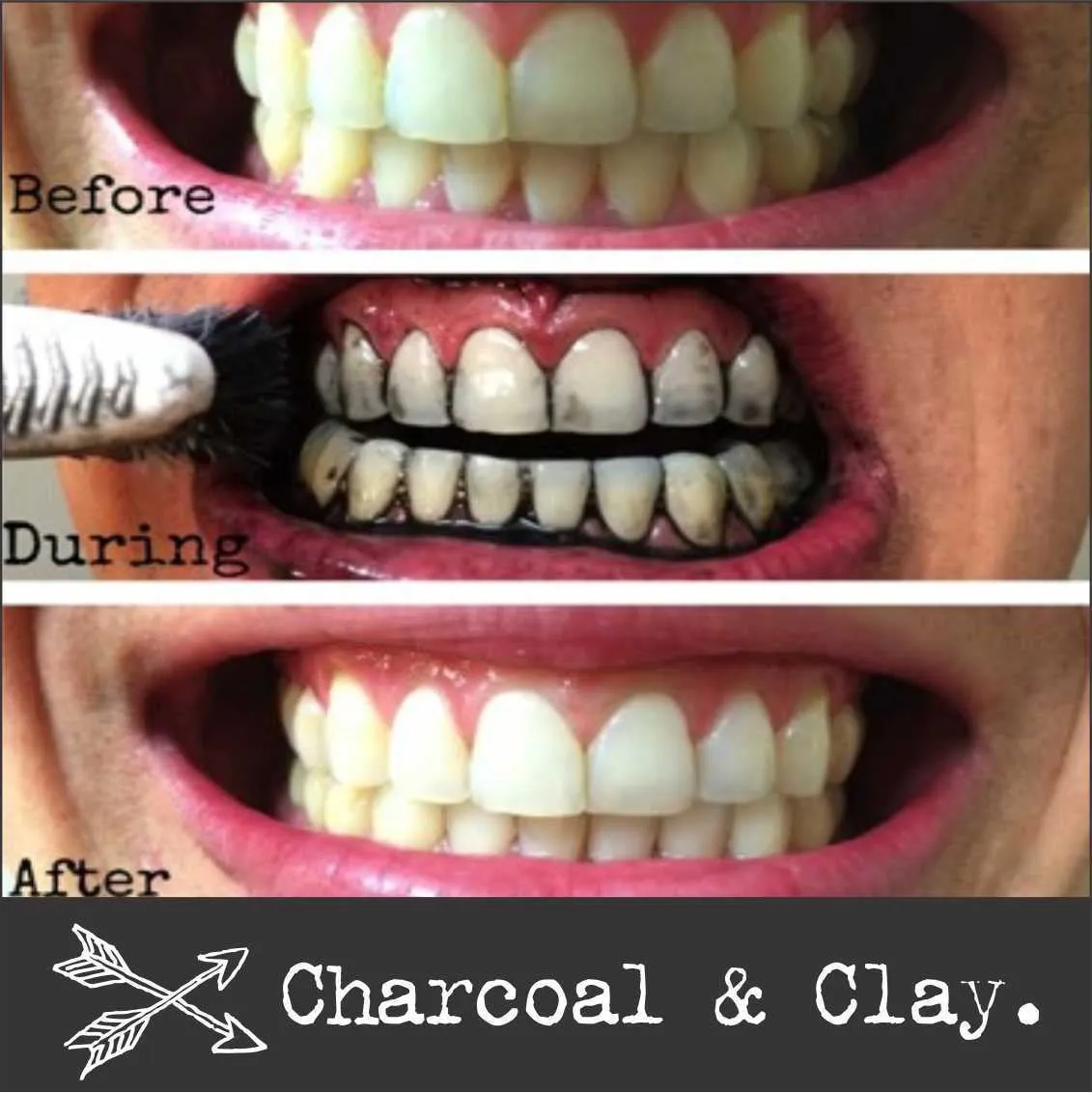
Using activated charcoal for teeth whitening involves a few simple steps, but it’s essential to do it correctly to minimize potential risks. First, start by thoroughly brushing your teeth with regular toothpaste to remove any loose debris. Then, you can dip a clean, wet toothbrush into activated charcoal powder or apply a small amount of charcoal toothpaste. Brush your teeth gently in small, circular motions for about two minutes. Ensure you cover all surfaces of your teeth. After brushing with charcoal, rinse your mouth thoroughly with water, and then brush your teeth again with regular toothpaste to remove any remaining charcoal particles. This helps ensure all the charcoal is removed from your teeth and gums. Avoid swallowing the charcoal, and be careful not to get it on your clothes or surfaces, as it can stain. Remember, moderation is key when using activated charcoal for teeth whitening.
Choosing the Right Activated Charcoal Product
When selecting activated charcoal products for teeth whitening, it’s important to choose a reputable brand. Look for products that are specifically designed for oral use and are free from additives, artificial flavors, and harsh chemicals. Check the ingredients list to ensure the product contains only activated charcoal and, possibly, other beneficial ingredients like bentonite clay or essential oils. Avoid products that contain abrasive ingredients, such as silica or pumice, as these can potentially damage your enamel. You can also choose between activated charcoal powder, toothpaste, or charcoal-infused toothbrushes. The powder form is generally considered to be more abrasive than toothpaste, so it’s essential to use it cautiously. Before using a new product, read reviews and consider consulting with your dentist to ensure it is suitable for your teeth. Be aware that the lack of regulation in the industry can lead to varying product quality.
Preparing Your Teeth for Charcoal Whitening
Before starting any teeth whitening regimen, including activated charcoal, preparing your teeth is crucial. Begin by scheduling a dental check-up and professional cleaning. This ensures your teeth are healthy and free from plaque and tartar, which can affect the whitening process. Your dentist can also assess your overall oral health and advise if activated charcoal is suitable for you. If you have any existing dental work, like fillings or veneers, be aware that charcoal may not whiten these materials, which could result in uneven color. You may want to address any dental issues, such as cavities or gum disease, before trying charcoal whitening. Ensuring your teeth are in good condition can also help minimize the risk of enamel damage and sensitivity during the whitening process. Following professional dental advice prior to starting charcoal whitening is always recommended.
Proper Application Technique
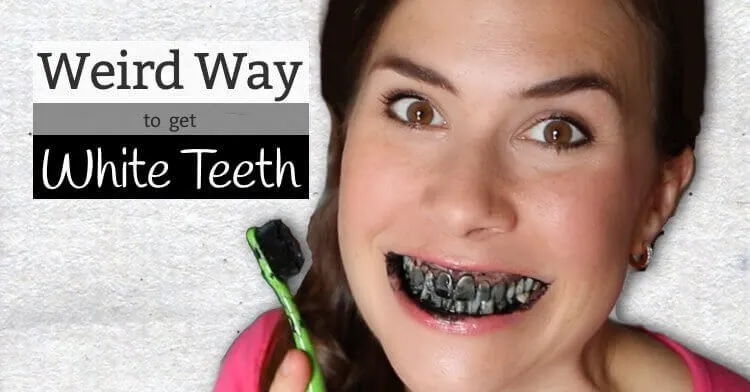
The technique used when applying activated charcoal is critical to ensure effectiveness and reduce potential harm. Use a soft-bristled toothbrush to minimize abrasiveness. Wet the brush slightly and dip it into the activated charcoal powder or apply a small amount of charcoal toothpaste. Brush your teeth gently, using small, circular motions, for approximately two minutes. Avoid applying excessive pressure, which can damage the enamel. Be sure to reach all surfaces of your teeth, including the front, back, and chewing surfaces. After brushing with charcoal, rinse your mouth thoroughly with water. This is followed by brushing your teeth again with regular toothpaste to remove any residual charcoal particles. This is an essential step to prevent charcoal from lingering in your mouth and potentially causing stains or discoloration. Following this precise technique can help achieve the best whitening results while minimizing the risk of side effects.
How Often Should You Use Activated Charcoal?
The frequency of using activated charcoal for teeth whitening is essential to consider to avoid damaging your teeth. It is generally recommended to use activated charcoal sparingly, perhaps once or twice a week, or even less frequently. Overuse can lead to enamel erosion and increased tooth sensitivity. Some people find that even using it once a week produces the desired effects. Monitor your teeth for any signs of sensitivity or damage, and adjust your usage accordingly. If you experience any negative effects, such as increased sensitivity or gum irritation, discontinue use immediately and consult with your dentist. The goal is to achieve a brighter smile without compromising the health of your teeth. The best approach is to start slowly and assess your teeth’s response before increasing the frequency.
Tips and Tricks for Best Results
To maximize the benefits and minimize the risks of activated charcoal teeth whitening, consider the following tips. Choose a high-quality activated charcoal product specifically designed for oral use. Use a soft-bristled toothbrush and brush gently. Be patient; results may not be immediately visible, and it may take several weeks to see noticeable improvements. Combine activated charcoal with other good oral hygiene practices, such as regular brushing with fluoride toothpaste, flossing, and using mouthwash. Avoid consuming staining foods and drinks, such as coffee, tea, and red wine, immediately after using charcoal, as your teeth may be more susceptible to staining. Consider using a straw to drink these beverages. Stay hydrated by drinking plenty of water, which helps rinse away food particles and bacteria. Most importantly, consult your dentist for personalized advice and to monitor your oral health. These strategies can optimize results and protect your teeth.
Combining Activated Charcoal with Other Whitening Methods
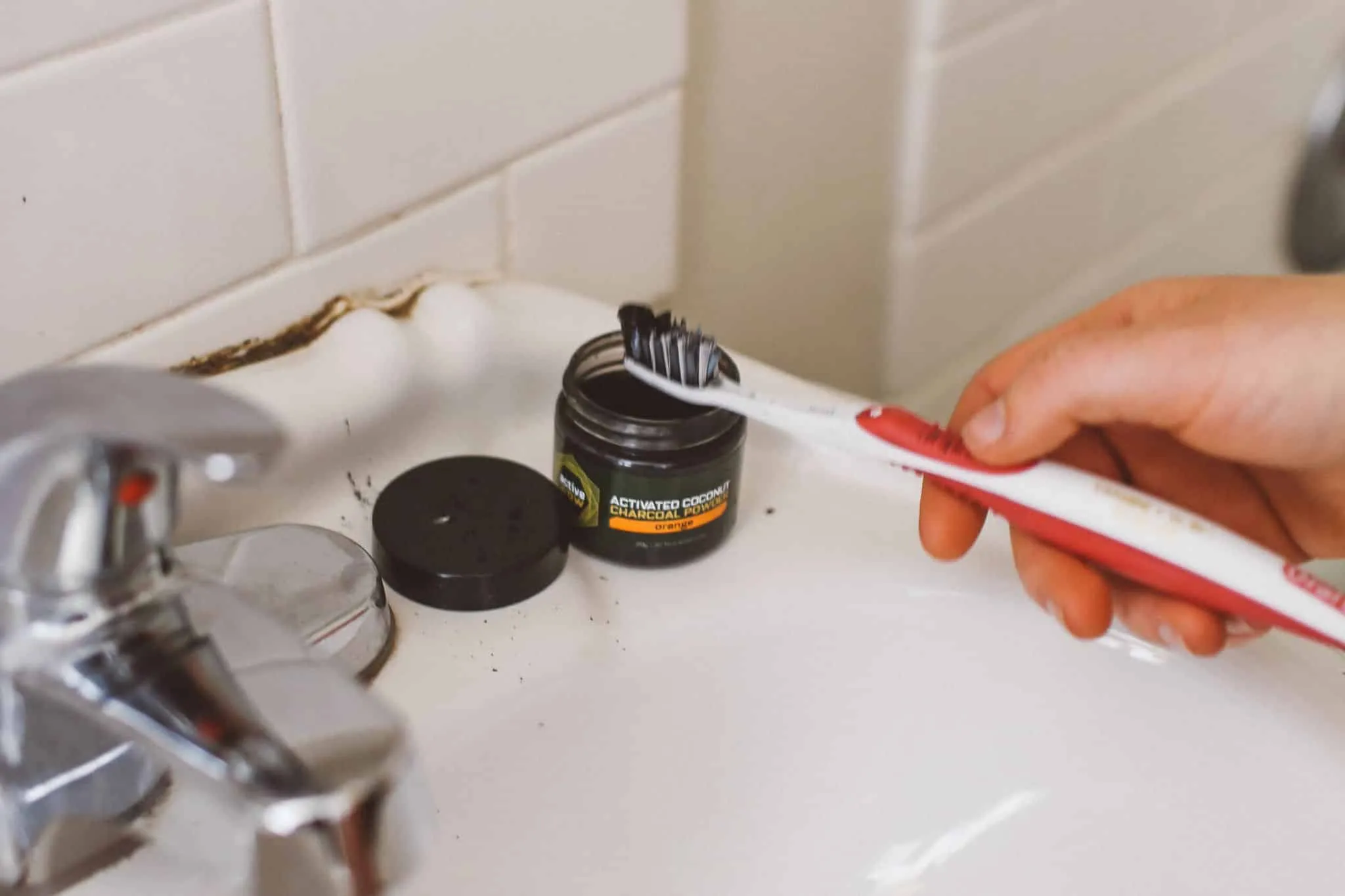
While activated charcoal can be effective for surface stain removal, it may be beneficial to combine it with other whitening methods for enhanced results. Using activated charcoal with regular brushing using fluoride toothpaste can help to strengthen the enamel. Consider using a whitening toothpaste alongside activated charcoal. Some people also integrate at-home whitening kits, such as those with hydrogen peroxide, but always consult your dentist before combining different whitening products. Professional teeth whitening treatments performed by a dentist provide more powerful results and are generally considered safer and more effective. However, it’s important to note that combining multiple whitening methods does not necessarily mean more effective results. It can increase the risk of enamel damage and sensitivity. It is best to consult a dentist before using multiple whitening products.
Maintaining Your White Smile
Once you achieve the desired level of teeth whitening, it’s crucial to maintain your results. Practice good oral hygiene habits, including brushing your teeth at least twice a day with fluoride toothpaste and flossing daily. Regular dental check-ups and professional cleanings are essential for removing plaque and tartar and maintaining healthy teeth and gums. Limit your intake of staining foods and drinks, such as coffee, tea, red wine, and berries. If you do consume these items, rinse your mouth with water afterward or brush your teeth. Avoid smoking and other tobacco products, as they can significantly stain your teeth. Consider using a whitening toothpaste or mouthwash to maintain brightness. You can also use a straw when drinking beverages to reduce contact with your teeth. By adopting these habits, you can prolong your white smile.
Alternative Teeth Whitening Methods
If you are not satisfied with the results of activated charcoal or are concerned about its potential risks, there are other effective teeth whitening methods available. Over-the-counter whitening products, such as whitening strips, gels, and toothpastes, contain bleaching agents like hydrogen peroxide, which can effectively lighten teeth. Professional teeth whitening performed by a dentist is considered the most effective and safest option. These treatments often involve higher concentrations of bleaching agents and can provide more dramatic results. Your dentist can also monitor your oral health throughout the process and address any potential issues. Other alternatives include using whitening mouthwashes, which can help to remove surface stains and freshen breath. Ultimately, the best whitening method for you will depend on your individual needs and preferences. Consult with your dentist to determine the most suitable option.
